Have you ever seen a sweater made out of Merino wool and wondered why it’s such a popular (and expensive) material? The answer lies in its superior quality and characteristics. In this article, I’ll explain what Merino wool is, where it’s from, and the unique qualities that make this type of sheep’s wool superior to nearly every other wool produced on the planet.
Let’s get right into it.
What, Exactly, is Merino Wool?
Merino wool is produced by the Merino breed of sheep. Like every other breed of sheep raised for wool production, the Merino will produce a fleece every year which is harvested through the painless process of shearing. Merino wool’s unique qualities make it desirable for garment production. While it’s true that each breed of sheep has wool that is unique in some way, Merino wool has special qualities that other kinds of wool simply don’t have.
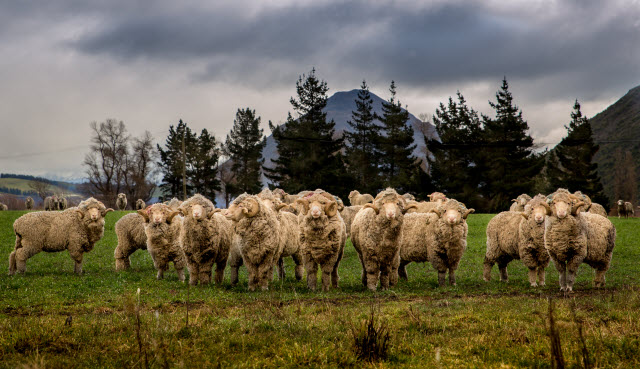
Where Does Merino Wool Come From?
As mentioned, Merino wool comes from Merino sheep. While farmers can raise Merinos anywhere in the world, the majority of the Merino wool used to produce the fine woolen clothing and garments you find in stores is from sheep raised in Australia and New Zealand. Merinos tend to do their grazing in the highlands of those countries.
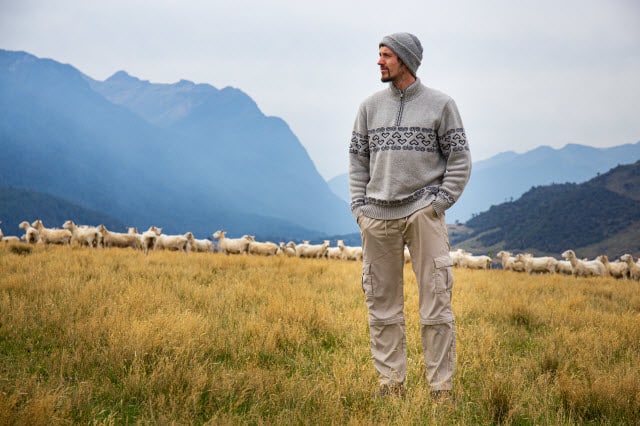
The Merino breed was developed in the 12th century. Since then, shepherds have used selective breeding practices to make their wool even softer and more refined.
Merino sheep are able to live in a wide variety of climates, dealing with temperatures ranging from minus 20-degrees Celsius to 35-degrees Celsius. The quality of Merino wool as found in today’s clothing is even better quality than it was in previous centuries due to the development of new fiber treatments and modern spinning technology.
The Composition of Merino Wool
Merino wool contains proteins that have amino acids as well as natural compounds. Each Merino sheep can usually grow between four and five pounds of its wool each year, making it a natural and renewable fiber. The Merino sheep breed developed this wool to keep them comfortable in a variety of difficult environments.
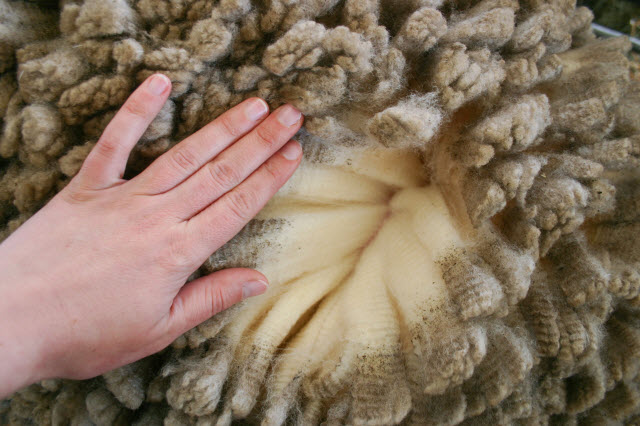
Given this quality of the wool, it’s no surprise that it will also help humans maintain stable body temperatures. In cold weather, Merino wool’s fibers will naturally bend and crimp, creating insulation for you. In warm weather, the wool is able to move perspiration away from your skin. This means that it can help keep you dry and cool.
Wool Classifications
There is a special system that is used for grading different kinds of wool and their levels of quality. It is based on each fiber’s micron (diameter). Each micron is equivalent to a single millionth of a meter. Length of fiber is measured in millimeters.
Fine wool: In order for wool to be graded as fine, it must have the finest micron. Fine wools are usually used for items such as knitting yarns, soft-handling fabrics, and high-quality clothing. Some of the best known fashion houses in the world use fine wool. When getting a sense of how refined fine wool really is, consider that Merino wool’s micron is usually less than 22 micron, while the human hair is generally between 50 and 100 micron.
Medium wool: Medium wools have a medium micron. This kind of wool is used in many woven clothing materials, furnishings, and knitting yarns. Sometimes medium wool can be made from Merino if it is cross-bred with another kind of sheep.
Broad wool: There are many different kinds of sheep that produce broader or broad wools. These kinds of sheep are very often kept as dual-purpose sheep. This means that they are kept not only for their wool but also for their meat. Broad wool is often used in carpets because it is so durable.
Unique Characteristics of Merino Wool
Now let’s go through some of the unique properties and characteristics of this wool, including that it is:
- Softer and More Comfortable
- Breathable and Handles Moisture
- Lightweight
- Wrinkle-Resistant
- Resists Odors
- Antibacterial
- Well-Suited to Outdoor Activities
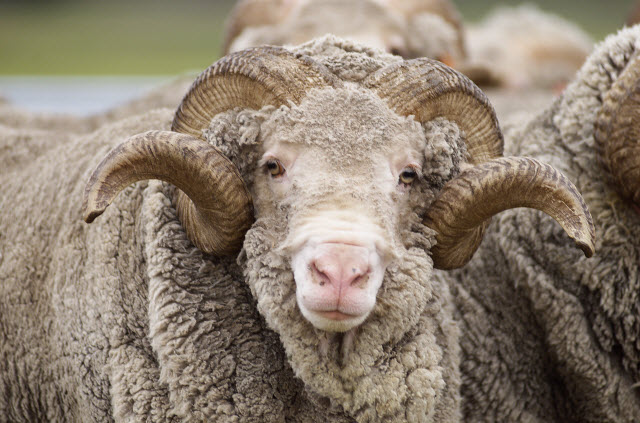
Merino Wool is Softer and More Comfortable than Other Wool
Perhaps you always assumed that no other material could be as soft as cashmere. If so, think again. In many cases, Merino wool can be softer than cashmere.
Some people avoid wool because of experiences they had with itchy sweaters in the past. You won’t have this problem with Merino wool because it is so fine and soft. Its fibers are able to bend easily against the surface of your skin. This is what prevents itching.
Merino Wool is Breathable and Handles Moisture
Unlike other kinds of wool that you would probably never even consider wearing in the summer, lightweight Merino wool garments can be a great choice for warmer weather. With this wool, the moisture on your skin will be pulled away. Also, its fibers are porous and they allow moisture vapor to escape.
Merino wool provides excellent body temperature regulation, but it will react differently in different temperatures. In cold weather, its fibers natural bends and crimps hold air in, keeping you insulated. In warm weather, moisture will quickly be pulled away from your skin. This is key in staying dry and cool.
When the fibers of Merino wool absorb the moisture vapors from your body before they turn into sweat, they evaporate them outside of your garment. This is key in how this kind of wool keeps you wonderfully cool.
Don’t be afraid that it won’t keep you warm in the winter, though. The moisture vapours that the Merino pulls from the surface of your skin will condense within its fibers. They then help to generate heat and keep you warm.
Merino is Lightweight
The fact that it is so lightweight makes it easy to use it when layering. Layering more clothing can be really helpful as each layer will help to remove pre-sweat (vapour) from your skin and reduce trapped heat.
The fact that it is such a fine wool means that it will dry very quickly. It releases the water that gets into it when washing more efficiently than you would anticipate. When you wash Merino wool, it is essential that you do so in the correct way. After washing, it’s generally recommended to lay the garment flat to dry.
Merino Resists Wrinkles
It’s the elastic characteristics of Merino wool that give it the wrinkle-resistant properties it’s known for. You usually won’t need to iron your Merino garments, making it great for professional clothes. You won’t have to worry about looking rumpled and messy as you go through the day.
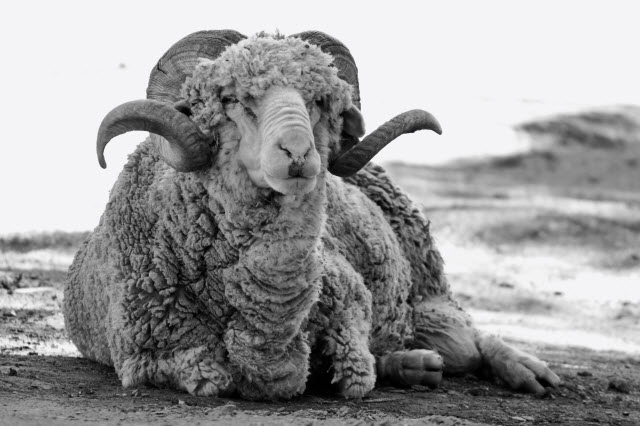
Merino Resists Odors
Merino is fantastic at resisting odors. It will absorb smells caused by bacteria. It will stop them from building up by trapping them. This feature of Merino means that you won’t have wash it nearly as often as you would other types of garments. This kind of wool is especially popular for traveling because of this characteristic.
Merino Features Antibacterial Qualities
The Lanolin that coats wool gives it antibacterial properties. Lanolin is a coating that has a waxy, oily texture. It’s important for protecting sheep wool from rain and helps to prevent infections. Lanolin also helps to prevent mold and mildew. The anti-bacterial properties of Lanolin also helps to prevent odors caused by bacteria.
It Can be Great for Outdoor Activities
While it is ideal for more formal clothing, such as office clothing for professionals, it is also idea for enjoying the great outdoors. Many people make the investment in Merino because of how well it wears and the comfort it offers.
How to Care for Merino Wool
Always check the label to find out the specific care instructions for your Merino garments. In general, Merino wool is washable on a gentle cycle, but as you would with any woolen fabric you should lay it flat to dry, as wool can shrink when run through the dryer.
For more expensive Merino garments you may choose to have them professionally dry cleaned periodically rather than trying to wash them yourself at home.
Is Merino Wool Worth the Higher Price Tag?
It’s clear that while Merino does tend to be more expensive than other materials. But like most things in life, you pay more for higher quality.
In this regard, it’s well worth the cost to many people, and most people who invest in a Merino garment will be rewarded with a fine piece of clothing that wears well for years.

